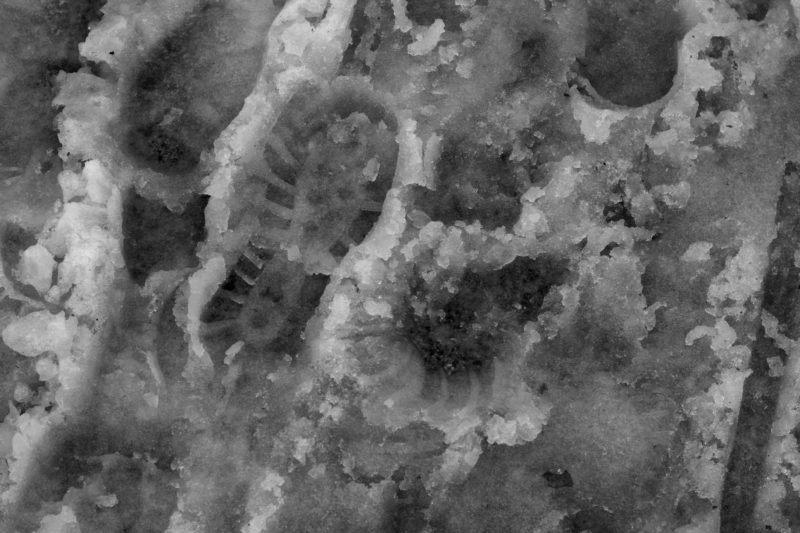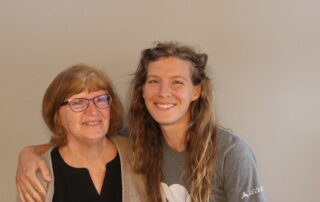This weekend marks the first day of spring – at least astronomically. Writer Catherine Jagoe tells us why this time of the year– caught between winter and spring – is the hardest in Wisconsin.
The time from mid-February to mid-March is always the hardest month in Wisconsin. The deep, searing cold is behind us – winter is relaxing its bulldog jaws, but it’s taking its time, as always. We’re tired of deprivation. Everything is still and bare and lifeless, as if suspended in time. There are warm spells, but they’re inevitably followed by another snowfall, more slush and sleet, or a wild gale. Metaphorically, it’s the darkest hour before the dawn – but not because of the darkness, which is shrinking fast. The daylight is growing, as if it were seeping through a chink in a door, forcing it ever wider. The strings of jeweled lights whose glowing colors were so heart-warming in December and January still illuminate trees and porches here and there, but they are hardly noticeable, as dusk doesn’t come until an hour later. In the mornings, light leaks into our bedroom window by 6:15.
It’s the darkest hour because of the utter unloveliness of these weeks. When the snow recedes, it leaves a godawful mess. The sidewalks near our house are full of things soiled and discarded, refuse tossed up by the tides of winter – stray, sodden gloves; a wet paper airplane; fast food wrappers; dog excrement; old bottles; the deflated remains of last year’s pumpkin, like a patch of vomit; the rigid corpse of a Christmas tree. The streets are crunchy with sand and grit. Cars are coated in whitish scurf that rubs off onto one’s clothing. The lawns look hideous – the grass is flattened, bedraggled, yellowed. There are little mounds of mud where the snow ploughs and shovels have churned up slices of turf. Everywhere there is slime and debris.
It’s the colors that get me most in this Lenten world; everything is drab grey and tan. The skies are filthy grey much of the time. The lake ice is no longer translucent, like glass blocks; it has turned grey and granular. It is pitted with imperfections – brown leaves, twigs, dirt – whose darkness traps the sun’s energy and burns their shapes down into the ice. As the thaw advances, the lakes start to sweat, with pools of meltwater shining like grease.
There are signs of better things to come – the first red-wing blackbirds flashing their scarlet and yellow epaulettes and churring in the dry cattails; newly arrived robins cocking their heads at the ground quizzically, as if listening for worms; and, best of all, the prehistoric, croaking calls of the returning sandhill cranes.
Somewhere in the future – any day now – lies the lavish, reckless sensuality of the magnolias. Meanwhile, we must make do with the first plant to bloom: not crocuses, but skunk cabbage. It grows in swampland and smells like a dead animal. Its big, obscene-looking, purplish-brown shoots actually generate their own heat. Skunk cabbage literally melts its way up through the frozen ground, undaunted by the cold, resourceful and indefatigable. It’s a lesson in endurance. It may not be pretty, but it has a warm heart and the deepest, toughest roots. So we should take heart from this ugly thing, the true harbinger of spring.











